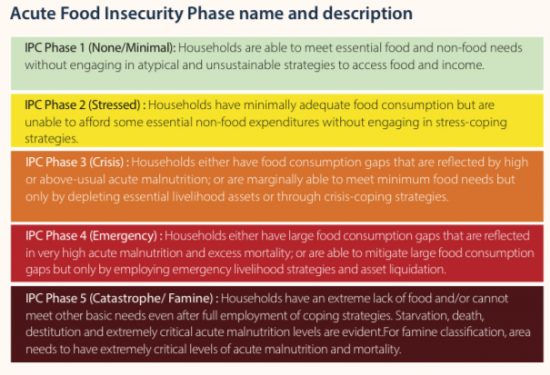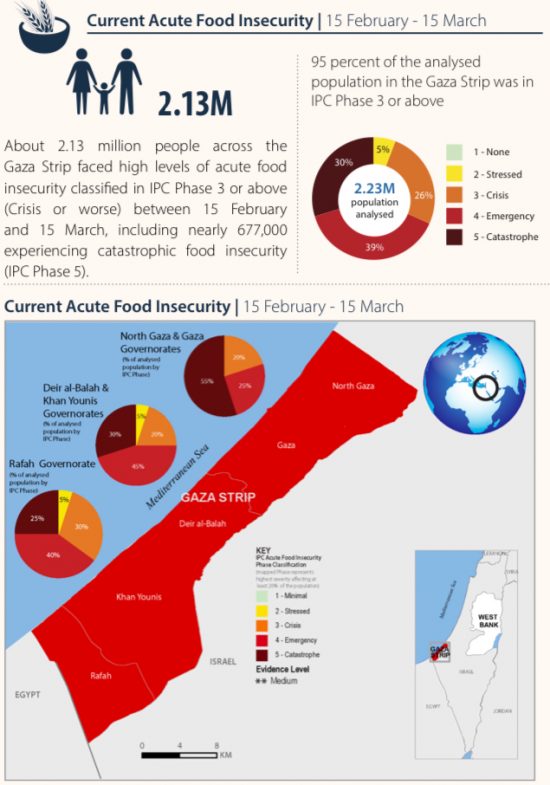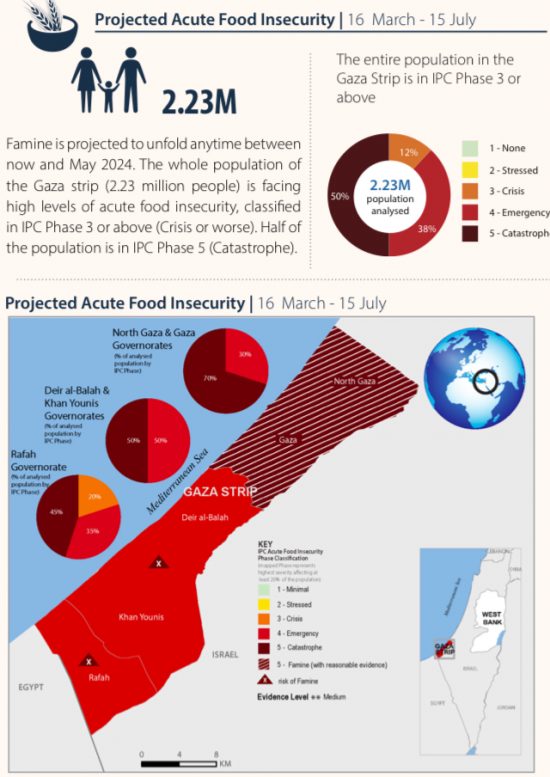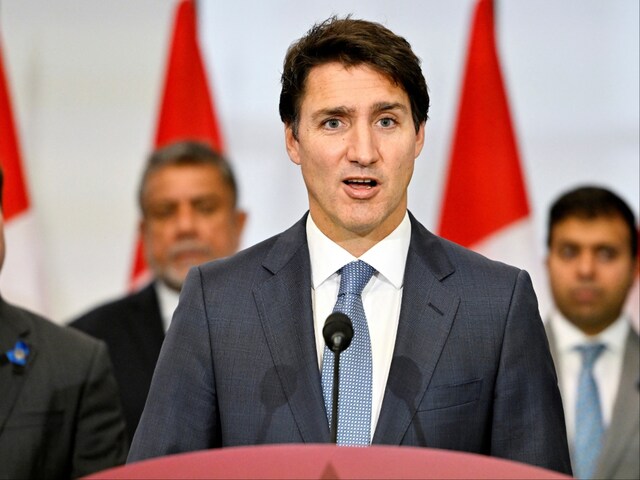Sky News
Sun, 24 March 2024

In this article: Philippe Lazzarini UN official
The head of the UN's Palestinian refugee agency has said it's "outrageous" Israel will block its aid deliveries to northern Gaza.
UNRWA boss Philippe Lazzarini said Israel had told the United Nations that convoys would no longer be approved.
It comes after Israel accused 12 UNRWA staff of participating in October's Hamas terror attack. Nine of the accused workers were sacked.
America and the UK are among the countries that have paused funding to the agency, but others such as Canada and Australia have since resumed donations.
"This is outrageous and makes it intentional to obstruct life-saving assistance during a man-made famine," Mr Lazzarini said on X on Sunday.
"These restrictions must be lifted."
Israel did not immediately respond to the claims.
Experts say most of Gaza's population is on the brink of famine due to Israel's ongoing military operation to destroy Hamas.
UN chief Antonio Guterres has also been at Egypt's Rafah border crossing, where a huge backlog of aid trucks is waiting to get into Gaza from the south.
Mr Guterres said the food situation was a "moral outrage" and that Israel must remove "obstacles" to the aid. Israel denies blocking supplies.
"Looking at Gaza, it almost appears that the four horsemen of war, famine, conquest and death are galloping across it," said the UN boss.
Some aid recently arrived in Gaza by sea, while some has been dropped from planes, but constant land-based deliveries are vital if famine is to be avoided, according to experts and charities.
October's surprise Hamas attack on Israel killed more than 1,200 people and the group is still holding about 100 hostages.
More than 32,000 Palestinians have been killed so far in the Israeli response, according to Gaza's health ministry, but Israel blames Hamas for embedding itself among the population.
There are fears thousands more could die when Israel launches a ground offensive in Rafah - the southern city where many have fled.
Meanwhile, Israel's military has said a raid on Gaza's main hospital has killed more than 170 militants, with about 480 suspects detained.
The raid on Shifa hospital in Gaza City began last Monday, mirroring another major offensive there in November.
Israel says Hamas is still using it as a base despite thousands of displaced people living around the complex.
Hamas and medical staff deny the claims and Gaza's health ministry said dozens of staff and patients were among those detained in the latest operation.
Israeli forces also carried out "very intense shelling" at al Amal and Nasser hospitals in Khan Younis, in southern Gaza, according to the Palestinian Red Crescent.
Israel said it acted at al Amal after "precise intelligence... which indicated that terrorists are using civilian infrastructure for terror activities".
It added its troops weren't currently inside the hospital.
Israel and its allies – including the UK – are going to deliver a planned famine in Gaza
The IPC describes itself as follows in its website:
The Integrated Food Security Phase Classification (IPC) is an innovative multi-partner initiative for improving food security and nutrition analysis and decision-making. By using the IPC classification and analytical approach, Governments, UN Agencies, NGOs, civil society and other relevant actors, work together to determine the severity and magnitude of acute and chronic food insecurity, and acute malnutrition situations in a country, according to internationally-recognised scientific standards.
The IPC has issued a report on Gaza, based on its scale of crisis assessment, which is as follows:
 They say the situation in Gaza in the last month was as follows:
They say the situation in Gaza in the last month was as follows:

And then they note that they expect things to change as follows over the next few months:

Israel controls food supply into Gaza. No one else can.
Israel is not permitting sufficient food into Gaza. As a result 50 per cent of its population now face famine. Most of the rest face a food crisis.
International law does not permit Israel to do this. Its actions are clearly illegal. But countries like the UK and USA permit it by supplying the arms Israel needs to crush Gaza and impose this famine.
It is my hope that not just those in Israel imposing this famine should be punished, but so too should those in this and other countries that let it happen, knowing it was going on.


